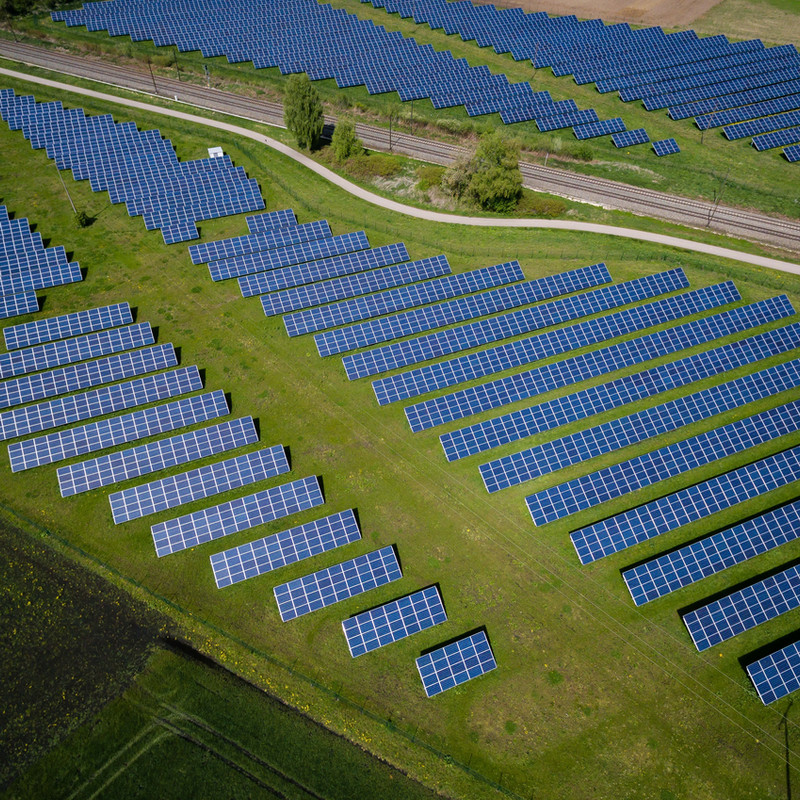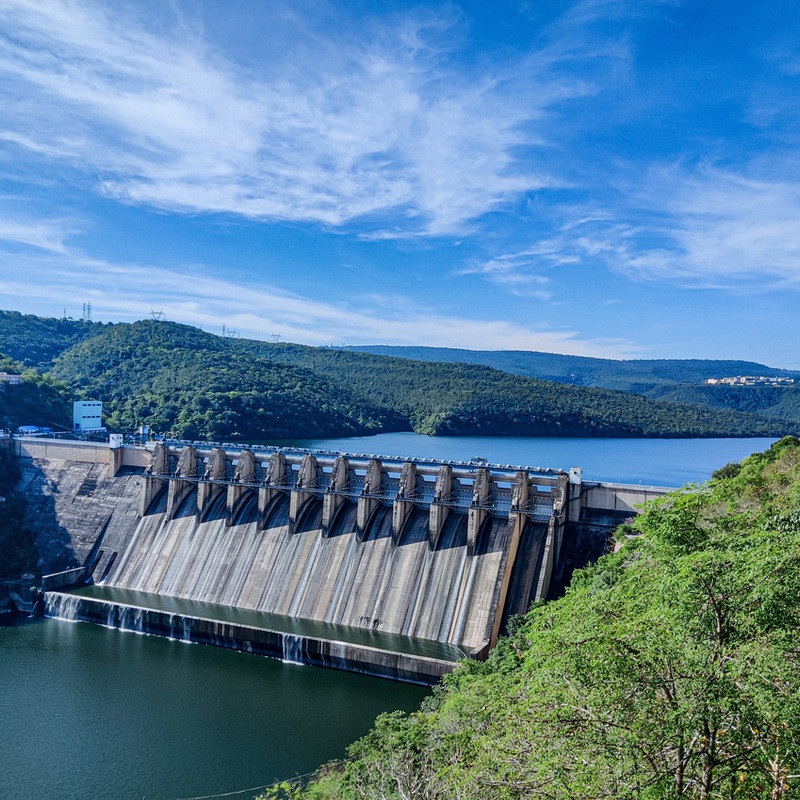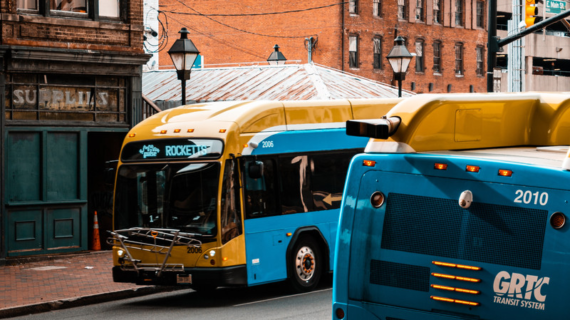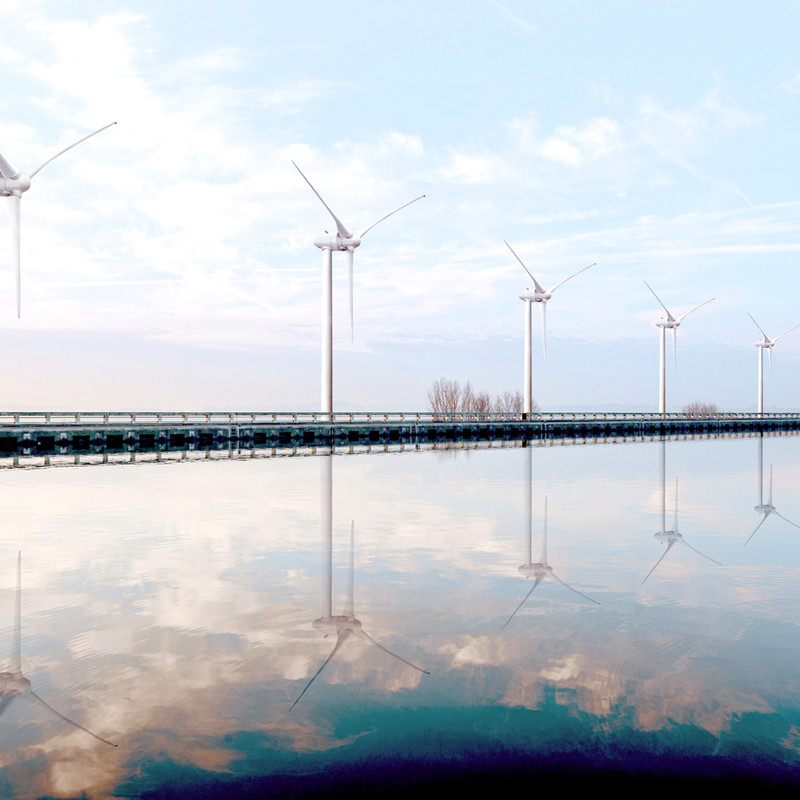Renewable energy is any form of energy that comes from sources that can be regenerated or naturally replenished. Investment in renewable energy is a major tool in the global fight against climate change.
Solar Energy

Solar energy is one of the most popular forms of renewable energy. Solar power is created by converting sunlight into electricity, and it can be used to power homes, businesses, and even entire cities. Solar energy is a clean and sustainable resource that can help to reduce our dependence on fossil fuels.
There are many benefits to solar energy. It is a clean and renewable resource that does not produce emissions or pollution. Solar power can also help to save money on your energy bill, as well as providing backup power in case of an outage. Solar energy is also very versatile and can be used for a variety of applications such as heating, cooling, lighting, and more.
If you are considering solar power for your home or business, there are a few things to keep in mind. First, solar panels need to be installed in an area that receives direct sunlight. Second, the initial cost of solar panel installation can be expensive, but solar energy can save you money over time. Finally, solar energy is a long-term investment, and it may take several years to see a return on your investment. However, the benefits of solar energy make it a wise choice for those looking to reduce their carbon footprint and save money on their energy bills.
Hydroelectric Energy

Hydroelectric energy is one of the oldest and most commonly used forms of renewable energy. It was first used in the early 19th century to power factories and mills, and today it still provides a significant amount of electricity for countries around the world. Hydroelectricity is produced by using the force of flowing water to spin turbines, which are connected to generators that produce electricity. Because it does not rely on fossil fuels, hydroelectricity is considered a green source of energy.
Additionally, hydroelectric dams can provide other benefits such as flood control and recreation. Some drawbacks of hydroelectric energy include its high upfront cost and potential environmental impacts. For example, dams can alter local ecosystems and displace animal populations. Nevertheless, hydroelectricity remains an important source of renewable energy.
In the United States, hydroelectric power accounts for about seven percent of total electricity generation. China, however, is the world leader in hydroelectricity production, generating nearly three times as much hydroelectricity as the United States. Brazil, Canada, and Russia are also major producers of hydroelectricity. As global demand for energy increases, it is likely that hydroelectric power will play an even bigger role in the world’s energy mix.
Hydroelectric dams can be found all over the world, with some of the largest ones located in Brazil, China, and Russia. The Three Gorges Dam in China is the largest hydroelectric dam in the world, capable of producing 22,500 megawatts of electricity. Brazil’s Itaipu Dam is second largest, with a generating capacity of 14,000 megawatts. Russia’s Sayano-Shushenskaya Dam is third largest, with a generating capacity of 6,000 megawatts. These massive dams not only provide a significant amount of electricity, but also help to control flooding and provide recreation opportunities.
Wind Energy
As one of the most abundant renewable resources on the planet, wind energy has the potential to provide a significant amount of power, with little impact on the environment. Wind turbines work by harnessing the kinetic energy of the wind and converting it into electricity.
Since wind is a free resource that is not subject to fluctuations in price like fossil fuels, it can provide a stable and affordable source of power. In addition, wind energy produces no harmful emissions, making it an attractive option for those who are concerned about climate change.
While there are some challenges associated with harnessing wind power (such as noise pollution and visual impact), many of these can be mitigated through careful planning and sit of turbines. Overall, wind energy is a very promising renewable resource that should be further explored in the coming years. Wind turbines work by converting the kinetic energy from the wind into electrical energy, which can then be used to power your home or business.
There are many benefits to using wind energy, particularity as it is a renewable resource that will never run out. Wind turbines are becoming increasingly popular as more people look for ways to reduce their carbon footprint. Wind energy is created by the force of the wind turning turbines, which in turn creates electricity. The amount of electricity that can be generated by a wind turbine depends on the wind speed and the size of the turbine.
Biomass
Biomass is a renewable energy source that comes from plants and other organic materials. Unlike fossil fuels, biomass can be regrown or recycled, making it a more sustainable option. Biomass can be used to generate electricity, heat, or transportation fuels like ethanol and biodiesel.
Biomass has been used for centuries for heating and cooking, and more recently it has been used to generate electricity. There are a number of different biomass technologies, including combustion, gasification, pyrolysis, and anaerobic digestion.
Biomass is a particularly important source of renewable energy in developing countries, where access to other sources of energy may be limited. It can be used to power homes, cook food, and pump water. It can also help to alleviate poverty and improve health and education outcomes.
While biomass has many potential benefits, there are also some drawbacks that should be considered. Biomass combustion emits carbon dioxide and other pollutants, which can contribute to climate change. Production of biomass can also compete with food production, and its use for energy can displace other more efficient renewable energy sources.
Biogas
Biogas is a renewable energy source that can be used to generate electricity and heat. Biogas is produced by the breakdown of organic matter, such as manure, food waste, and sewage. The methane in biogas can be used to power homes and businesses, and the carbon dioxide can be used to grow plants. Biogas is a clean, green energy source that will help reduce our reliance on fossil fuels.
At present, biogas is mostly used on a small scale, but there is potential for it to be used on a larger scale. For example, biogas could be used to power entire neighborhoods or even cities. The benefits of biogas are many: it is renewable, clean, and efficient. It also has the potential to create jobs and boost the economy. With the right policies in place, biogas could play a leading role in our transition to a green economy.
Compost

Compost is a green energy source that can be used to create renewable electricity. When organic waste decomposes, it produces methane gas, which can be captured and used to generate power. Composting also reduces the amount of waste sent to landfills, where it decomposes and creates greenhouse gases.
If you have a garden or yard, composting is a great way to reduce your carbon footprint and save money on disposal costs. You can compost kitchen scraps, leaves, grass clippings, and other organic materials. By composting, you are not only helping the environment – you are also creating nutrient-rich soil for your plants! If you do not have space for a compost pile, you can still compost indoors. There are many indoor composting systems available, including worms and bacteria-based systems. These systems allow you to compost your kitchen scraps and other organic waste without taking up valuable space in your home.
Recycling

Recycling is one of the easiest and most effective ways to help preserve the environment. By recycling, we can reduce the amount of waste sent to landfills and incinerators, and conserve valuable resources like energy and water.
Recycling also helps create green jobs and stimulate the economy. In fact, recycling, and reuse activities in the United States account for more than 7 million jobs and generate $236 billion (about $730 per capita in the US) in annual economic activity. So, it is not only good for the environment – but recycling also makes good financial sense too!
There are many ways to recycle, depending on what type of material you are recycling. Here are some common recycling types
- Paper recycling: This involves breaking down used paper into small pieces and then converting it into new paper products.
- Plastic recycling: This involves breaking down used plastic into small pieces and then converting it into new plastic products.
- Glass recycling: This involves breaking down used glass into small pieces and then converting it into new glass products.
- Aluminum recycling: This involves breaking down used aluminum into small pieces and then converting it into new aluminum products.
- Electronic recycling: This involves recycling old or broken electronics by dismantling them and sorting their components for reuse or recycling.
Biochar
Biochar is a type of charcoal that is made by pyrolysis, which is the thermochemical decomposition of biomass in the absence or limited supply of oxygen. The word “biochar” comes from the Greek words “bios” (life) and “charas” (carbon). Biochar is a carbon-rich material that can be used as a soil amendment or as a source of renewable energy.
Biochar has a number of benefits for both the environment and for agriculture. For example, it can help improve soil fertility by providing a source of essential nutrients and by increasing the ability of soils to retain water and resist erosion. Additionally, biochar can help reduce greenhouse gas emissions by sequestering carbon in the soil. And finally, biochar can be used as a source of renewable energy, either by being burned to produce electricity or heat, or by being converted into bio-oil or other fuels.
Public Transportation

Public transportation is an important part of any green energy or renewable energy plan. It helps reduce pollution and save energy by reducing the number of cars on the road. It also cuts down on traffic congestion, making it easier for people to get where they need to go. Public transportation can be powered by green energy sources like solar and wind power, making it a clean and renewable way to travel.

